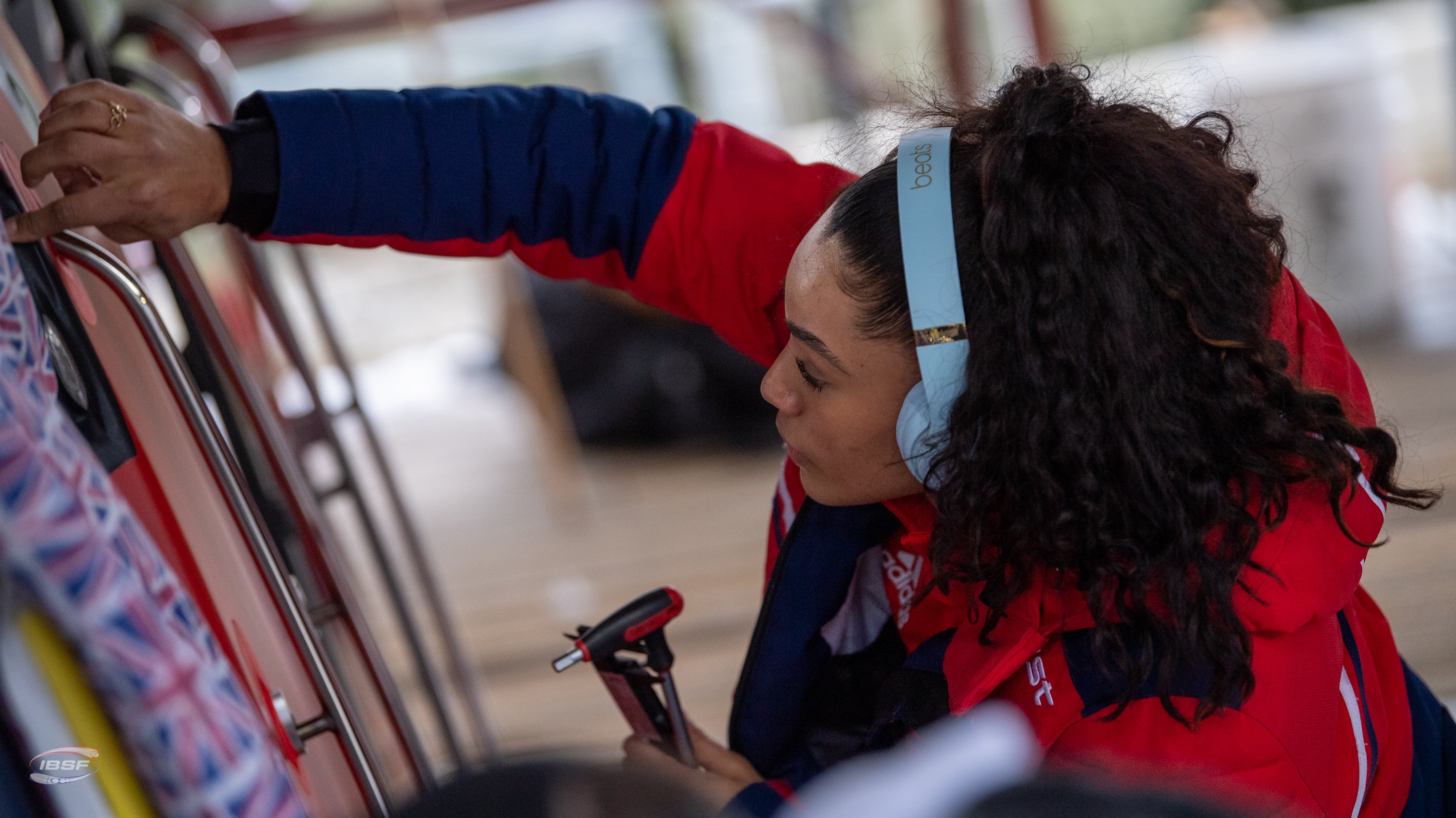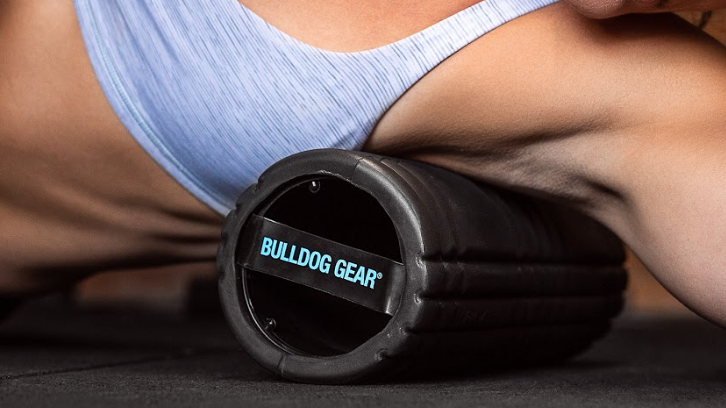|
10/01/2022 | Andrew Tracey Andrew Tracey is a long time collaborator with Bulldog Gear. A coach, writer and current fitness editor of Men’s Health Magazine, he has been in and around the fitness industry for the past 16 years. Having enjoyed and endured a number of disciplines from endurance racing, to strongman, to Crossfit AT enjoys getting neck deep in the practice just as much as the theory. |
Whether you can’t make classes, have tried every programme under the sun or are just tired of meandering aimlessly around the gym to no effect, there comes a time in every trainees life when they decide to take ownership of their gym routine, and plot out their own workout plan.
Whilst writing a comprehensive training regime is an art that takes years of experience to master, and it would frankly be impossible to condense this into a few blog articles, if you’ve decided to take the plunge, unzip your pencil case and get to plotting, the least we can do is provide you with some tips, to help guide the way.
Specific goals will always require a specific approach, so for the purpose of this article we’re talking about the type of holistic cross training that helps you to feel better, look better and perform better.
In part one of this three part series, we’re going to take a look at how you can break down your week, based on your schedule, training experience and personal preference.

FULL BODY TRAINING
Best if-
You’re limited on time
Are relatively new to training
Have trained with a split routine for a long time
Full body training does exactly what it says on the tin- each session you’ll endeavour to train the majority of the muscle groups in your body, or at very least a good chunk of movement patterns.
You’ll push, pull and squat; training both your upper and lower body. In your next session you may target these movement patterns from different angles, perhaps switching out a squat for a lunge or deadlift, but in general your aim here is to train your body from head to toe, spreading your volume for each muscle group across the week.
A typical session may consist of-
Pull-ups, Bench Press and Front Squats, as well as some smaller, accessory movements and conditioning work.
UPPER/ LOWER SPLIT
Best if-
You have 3-4 days to train each week
You have some training experience
You want to prioritise strength gains
Concentrating the volume per muscle group, per session a little more but lowering the frequency, you’ll be able to focus more attention on building strength in bigger lifts, giving yourself ample recovery time between sessions.
You’ll alternate between upper body and solely leg based sessions, potentially working through different movement patterns for each, in separate sessions.
A typical week may consist of-
Upper session A- Bench press, rows, accessories and conditioning
Lower session A- Front squats, lunges and accessories
Upper session B- Overhead press, pull-ups, accessories and conditioning
Lower Session B- Deadlift, split squats, accessories and conditioning
PUSH/ PULL/ LOWER SPLIT
Best if-
You have 4-5+ days to train each week
You are an intermediate to advanced trainee
You want to prioritise strength or muscle growth
At its core very similar to the traditional ‘bro split’. The volume per muscle group or movement pattern per session can quickly become very high if not properly managed, however with intelligent exercise selection and execution this can easily become an optimal setup for strength gains and particularly- muscle growth.
By alternating through push, pull and lower throughout the week before resetting, based on a 5-6 day training week you will expose each muscle group to both a concentrated stimulus in each session, but also a high frequency of exposure over a 10-12 day period. Current scientific literature suggests that this balance of intensity and frequency is ideal for muscle growth.
If your goals are more strength or performance oriented ‘push/pull/lower’ will allow you to focus on one big lift each session whilst still recovering adequately between bouts to ensure progress.
A typical week may consist of-
Push session- Bench press, accessories and conditioning
Pull session- Deadlifts, rows, accessories
Lower session- Front squats, accessories and conditioning
Rest
Push session- Overhead press, accessories and conditioning
Pull session- Weighted pull-ups, accessories and conditioning
Rest
Lower session- Front squats, accessories
In part two we’ll zoom in on each session, looking at exercise selection, movement patterns and how to shape each session from start to finish for optimal progress.



